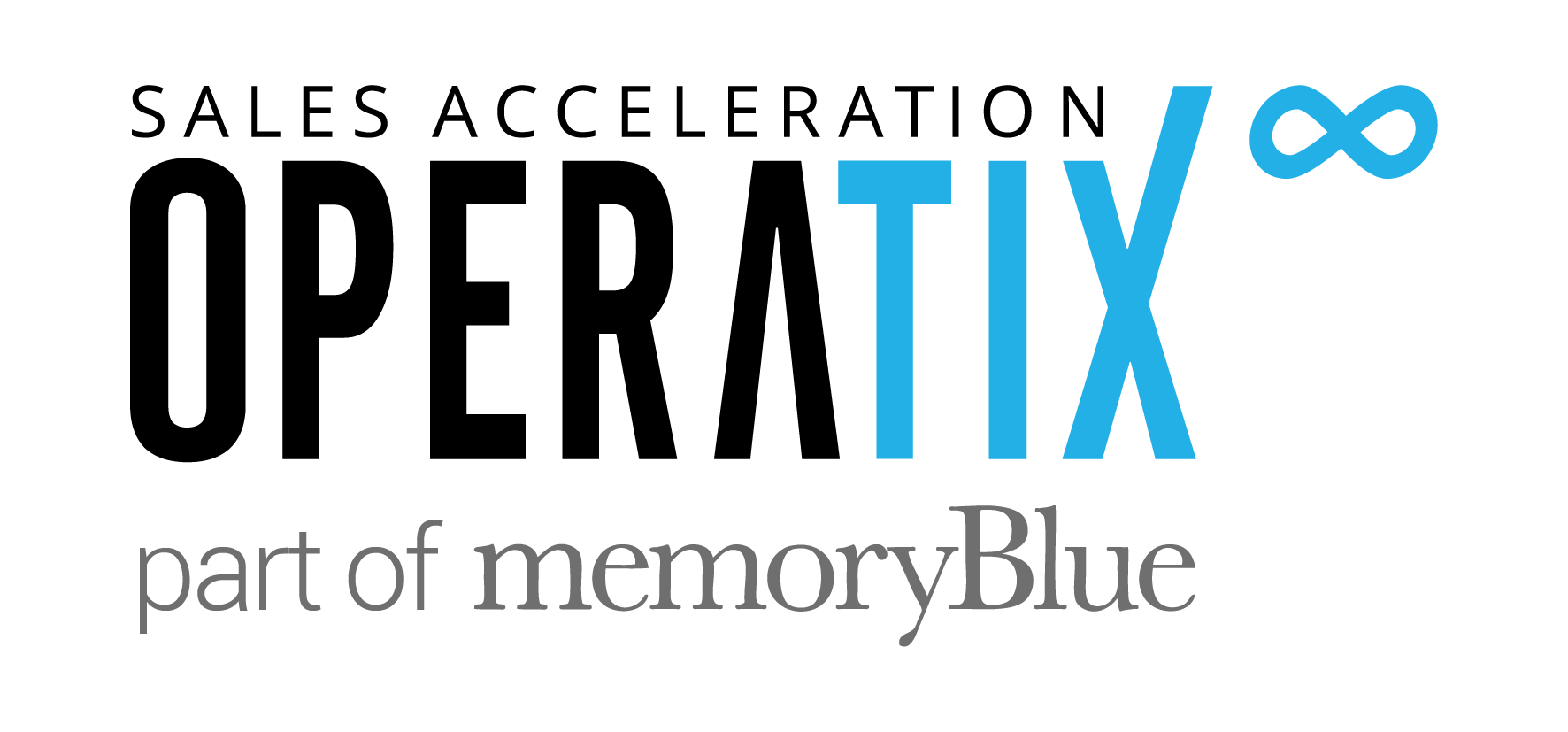You’ve hired a team of talented SDRs, trained them to a high standard and given them all the tools needed to enable their success. Yet there is another problem that will creep up on you – the high rate of SDR churn. Demand for experienced sales representatives is at an all-time high and continues to grow, making it more difficult than ever to retain top-performing reps. If you don’t offer a competitive SDR compensation plan and reward outstanding performance, there’s no doubt they may be tempted to look elsewhere – and they won’t have to look far.
While employee retention doesn’t just boil down to having a great SDR compensation plan, an attractive incentive scheme and commission plan is the first step in creating a motivating sales environment. Not to mention the fact they will help you stand out from the competition and attract more experienced representatives.
The most basic part of compensating an SDR is via their base salary. While the average base salary is undoubtedly increasing along with the demand for representatives, it is estimated to be around £35,000 in London and $58,000 in San Francisco as of March 2022 according to Glassdoor. However, an average base salary will attract an average SDR; if you’re looking to hire sales representatives with a track record of high performance, you can expect to pay more.
Once you’ve figured out the base salary, you can turn your attention to creating both an incentive and commission structure, both of which often go hand-in-hand when building an attractive SDR compensation plan.
This guide to SDR compensation was taken from our SDR Handbook, a comprehensive guide to building, managing and enabling a successful sales development team. Download this free eBook here.
SDR Commission Plans
A commission plan is a type of long-term monetary incentive that acts as an add-on to the employee’s base salary and is awarded based on the number of meetings booked or sat, pipeline generated or deals a representative closes or another set performance variable.
Most experienced SDRs seek a handsome commission plan, and it’s equally as beneficial for the business as it is for the rep. A tiered commission structure rewards employees for hitting above their quota, boosting morale and productivity. The more deals they close, the more money they’ll have on their paycheck, encouraging reps to go above and beyond the bottom line.
When building a commission plan, consider:
- What is the key objective, and how is it going to be tracked? – be clear about what commission is awarded for, such as meetings booked, deals closed, calls made or opportunities created.
- What is your budget? – clarifying this ensures you aren’t making promises you can’t keep, as well as helping to decide upon if and where to cap commission, commission rate, and what type of structure to go with.
- What are competitors paying their SDR teams? – be sure you’re using an appropriate rate by researching the market. In order to retain your salespeople, you will need an enticing commission program. If you pay below the going market rate for your industry, you risk losing your best-performing reps.
There are multiple commission scheme structures to consider, all of which bring their own benefits. Below are the most common commission structures used in a sales environment.

Base salary and commission
As the name suggests, this structure is where the salesperson enjoys a base salary with commission on top, and is the most common type. It provides security to sales reps as they’re guaranteed a minimum payment every month, yet boosts both motivation and morale as it rewards hard work. The average salary-to-commission rate is around 70:30.
Tiered commission plan
A tiered commission plan is another common structure used in a sales environment and is similar to the base salary and commission structure. With a tiered commission structure, however, there are tiers with increased expectations/goals and commission rates rather than a flat rate of commission. As they reach the different benchmarks, they will make a higher percentage on each deal. This adds an element of competition and motivation, as well as rewarding reps as they make their way up the tiers.
Straight commission plan
Also known as a full commission plan, this is when the sales reps don’t have a base salary and instead have an income based on commission alone. This attracts experienced, high-performing sales reps, but is only suitable for businesses with short sales cycles. While highly motivating, the lack of stability and high rate of commission means this plan comes with a level of risk. However, this model may be an option for start-ups that don’t have the resources to pay representatives who aren’t performing.
SDR Compensation Plan: Incentives
While you’ve likely seen them pop up on LinkedIn as of late, gamification and incentivising aren’t just buzzwords. Rather, they’ve become a tool to not only motivate and engage employees but give them that all-important job satisfaction that will keep them on board.
Incentives are more important than you may think; a study by Glassdoor showed that 57% of candidates reported them as being one of their top considerations before accepting a job offer. Another study found that 85% of the workers were more motivated to do their best when an incentive scheme was in place.
In short, incentives are a reward for outstanding performance and reaching pre-agreed goals. Gamification, on the other hand, is adding an element of game-playing or competition into the work environment. We know both to improve productivity, increase team performance and boost employee morale, proving to be an important part of getting the best results out of your team.
Putting an incentive scheme in place
When launching a new incentive scheme, ensure to answer the following questions:
- What are the goals and objectives of the incentive scheme? – ensure they are measurable as well as motivating yet achievable. Consider your team’s pain points and the areas where you believe they need extra motivation.
- What incentives work best for your team? – some employees may prefer a financial bonus, while others are more motivated by a paid experience day. If your SDRs do not want the prizes, it will not motivate them to work harder and achieve the target. Survey your employees to see what motivates them to ensure your incentive scheme is successful.
- How are you going to measure performance and results? What are the key performance indicators (KPIs)? – both you and your team should be able to track their progress towards the end goal, so identify KPIs in advance. Doing so will allow them to increase their productivity and performance, giving them an additional push if they fall behind. Set up your own automated tracker, such as an Excel spreadsheet, or invest in incentive software.
- What is the budget? – you don’t want to promise extravagant gifts in return for results if you can’t keep up your end of the bargain.
- How long should the incentive be in place? – there are benefits to having both long-term and short-term incentive plans, so consider having a mixture of both. Short-term goals create a sense of competitive urgency, causing a spike in performance and motivation. Long-term goals improve company culture and more consistent productivity.
A successful incentive program and SDR compensation plan are those that are well thought out, measurable and use a reward system that motivates employees. Sending out a survey that allows your SDRs to rank what type of incentives would be attractive to them is a surefire way of making sure your scheme yields the results you want.
The most popular types of incentives include:
- One-off monetary bonuses
- Apparel and merchandise
- Entertainment such as concert tickets and experience days
- Gift cards and subscriptions
- Technology and electronics
As well as surveying your SDR team, monitor what incentives drive the KPIs and have the most influential impact on team performance.

SDR Compensation Plan Takeaway Points:
- The average base salary for an SDR is around £35,000 in London and $58,000 in San Francisco.
- Incentivising your sales function can increase motivation, performance and job satisfaction, helping to retain your top performers.
- A study has found that 85% of workers were more motivated to do their best when there was an incentive scheme in place.
- There are multiple types of SDR compensation plans, including base salary and commission, tiered and straight commission plans.


